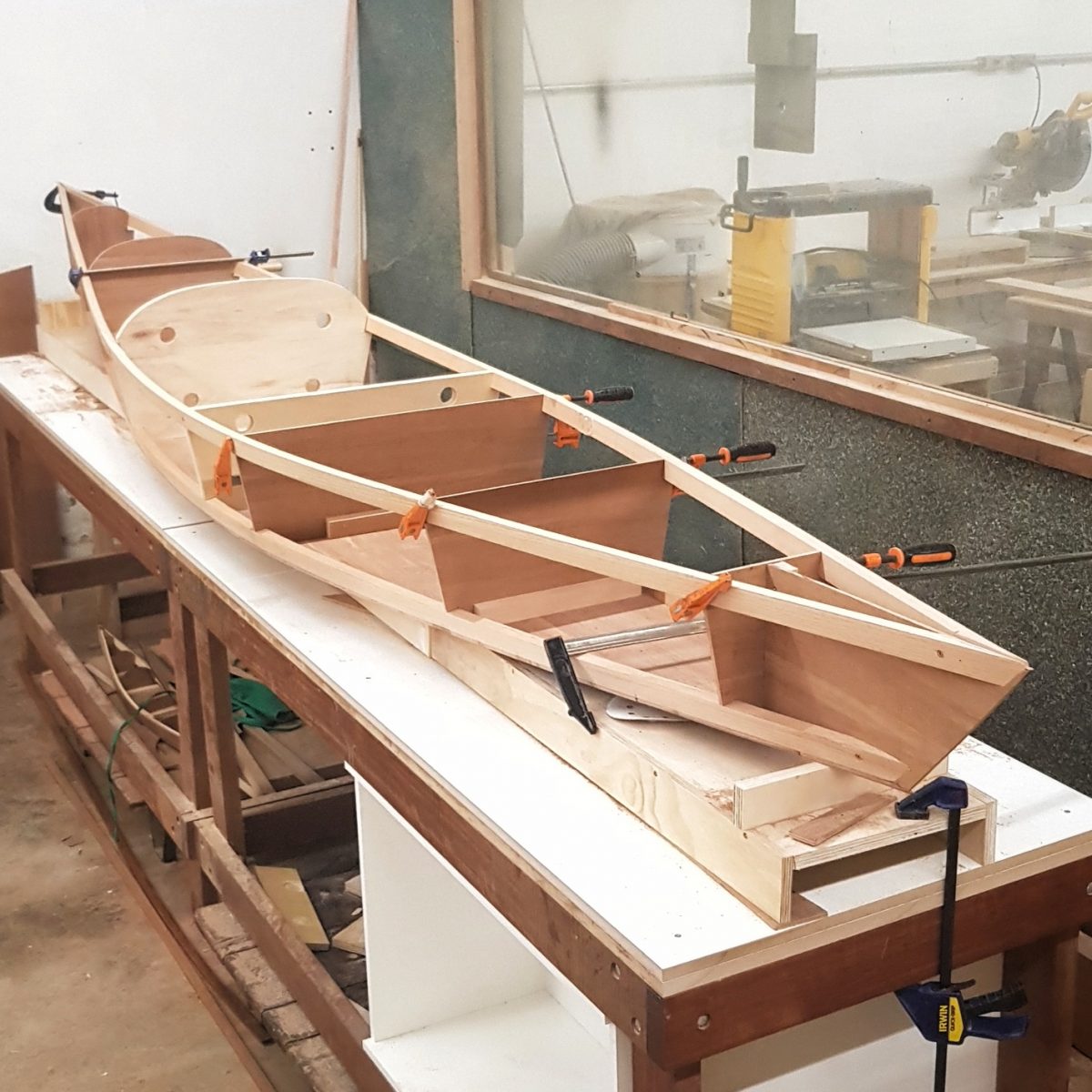
Beyond the Blueprint: Unlocking the Secrets of Reliable Plywood Boat Plans
Building a boat from plywood is a rewarding challenge, a blend of meticulous craftsmanship and adventurous spirit. But finding truly reliable plans is a journey in itself. This article bypasses the usual "best-of" lists and dives into the often-overlooked aspects of choosing and using plywood boat plans, offering fresh perspectives for hobbyists, professionals, and educational institutions alike.
The Unspoken Truth: It's Not Just About the Plans
Many focus solely on the plan's design, overlooking crucial pre- and post-construction factors. This often leads to disappointment, regardless of how "reliable" the plan is advertised.
Q: What's more important: the plan's reputation or your skill level?
A: Your skill level. A perfect plan in the hands of an inexperienced builder will likely yield a less-than-perfect boat. Choosing plans that match your capabilities is paramount. Start with simpler designs before tackling complex hulls. Consider the time commitment realistically. Are you prepared for the many hours of painstaking work involved? Many online forums are filled with half-finished projects that stand as testament to the importance of self-assessment.
Q: How can I assess the "reliability" of a plan beyond online reviews?
A: Look for plans with detailed material lists specifying plywood thickness and type (e.g., marine-grade). Check for clear construction sequence diagrams. The inclusion of detailed lofting information (creating full-size patterns) is a strong indicator of a well-developed plan. Finally, seek out plans with readily available support. A responsive designer who can answer your questions is invaluable.
Beyond the "Perfect" Plan: Adapting and Innovating
The best plans are often jumping-off points rather than rigid instructions. Thinking outside the box can enhance the final product.
Q: Can I modify existing plans to suit my specific needs?
A: Absolutely! Perhaps you want a longer boat, a different type of rudder, or a modified cabin. These modifications require careful consideration of the boat's structural integrity. Consult with experienced boat builders or naval architects before making significant changes. Software like FreeCAD or Vectorworks can help visualize and analyze modifications.
Q: How can I incorporate sustainable and innovative materials?
A: The use of sustainably harvested plywood is a growing trend. Exploring alternatives like bamboo or reclaimed wood can reduce the environmental impact. Furthermore, experiment with epoxy coatings and innovative joining techniques. Look into using bio-based epoxy resins for a greener approach.
A Real-World Example: The Triumph and Failure of Two Builders
Consider two individuals, both using seemingly reliable plans for a small sailboat. John, a meticulous craftsman with prior woodworking experience, followed the plans diligently, resulting in a seaworthy and beautiful vessel. Meanwhile, Sarah, a novice with limited woodworking knowledge, rushed the process, neglecting critical details. Her boat developed leaks and structural problems, leading to significant rework and frustration.
This anecdote highlights that "reliable" plans only represent half the equation. Skill, patience, and a careful approach to the process are equally crucial for success.
Resources for Aspiring Boat Builders
- Online forums and communities: Connect with experienced builders and share your progress.
- Local boatbuilding clubs and workshops: Gain hands-on experience and receive expert guidance.
- Educational institutions offering boatbuilding courses: Formal training provides valuable knowledge and skills.
- Naval architecture resources: Consult professionals for advice on design modifications and structural integrity.
Building a plywood boat is a journey of learning and creation. By focusing on your skills, carefully selecting and adapting plans, and embracing innovation, you can increase your chances of building a reliable and rewarding vessel. Don't just follow the blueprint; make it your own.

0 comments:
Post a Comment
Note: Only a member of this blog may post a comment.